Specifications
Dual AKM 4493EQ
At the heart of the FiiO Q5S-TC, you have a very good combo, made of two AKM4493EQ chips. Same Velvet sound architecture and same 32bit stereo support as the 4490EQ. Better THD and S/N numbers, giving the FiiO Q5S-TC better performance than the previous model.
The fact that FiiO put two chips in dual-mono is good news for all of us who use balanced headphones. To ensure all files are correctly decoded and routed to the DAC, the Q5S-TC enjoys the XMOS XUF208 USB decoder, fitted to match the new USB-C port. This chip is capable of 768kHz/32bit PCM playback, and native DSD as well.
The numbers? A THD+N rated at 0.002%, an SNR at >117dB, and channel separation measured at >97dB. All from the line-out.
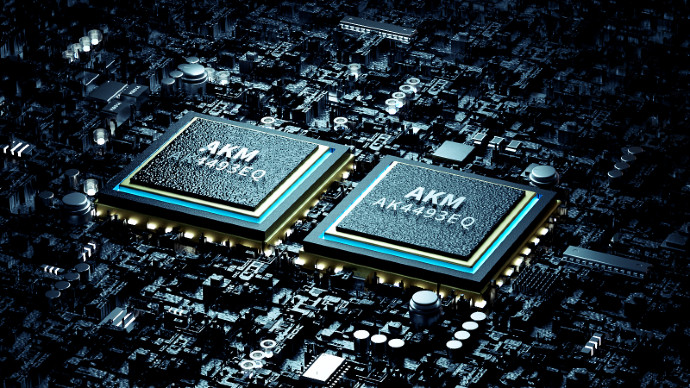
Better power-supply circuit
The FiiO Q5S-TC enjoya very comprehensive circuit, with many improvements, compared to the first generation. Now, every part of the circuit is isolated from (each other with a negative converter.
There is no less than 11 Low-noise LDO and two low-pass-filter circuits for the… LPF. If you look at the circuit, the maker achieved a very nice layout, with all the important parts separated from each other. It looks like a mini-suburb, with lots and lots of energy poles.
All of this is magnified by the new ADC volume adjustment control. Previous tests proved that FiiO’s choice to combine the smoothness of an analog volume potentiometer, and the precision of a digital sampling model, gave really nice results.
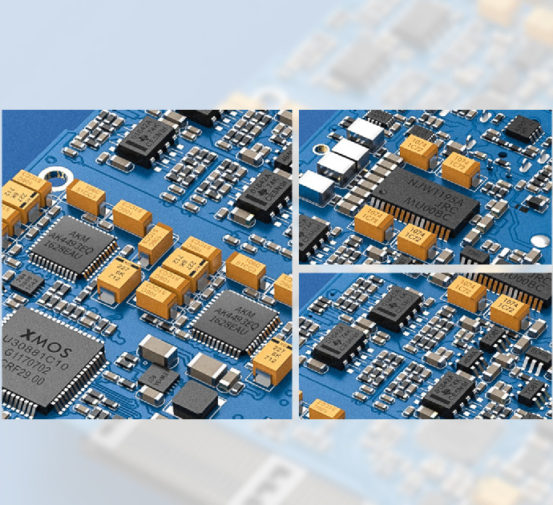
New amplifier module
Definitely, the biggest improvement between the previous Q5S, and the new Q5S-TC, the new FiiO AM3D introduce THX-AAA amp to the Q5S.
The dual THX-AAA78 amp found in the AM3D isn’t new. We’ve seen it in FiiO’s M11 Pro, paired with… the dual AK4493EQ again, with great results. Compared to the AM3E, it ditched the second balanced port (2.5mm TRRS) to keep the Pentaconn 4.4mm port only. So you better get a 4.4mm to 2.5mm, or finally, move to Pentaconn.
Surprisingly, the output power is identical between the Q5S and Q5S-TC (280mW@16ohm / 30mW@300ohm), even if the module is different.
Bluetooth 5.0
The Bluetooth 5.0 compatibility alone is not enough to make the FiiO Q5S-TC a Bluetooth DAC reference.
The new DAC replaced the Qualcomm CSR8675, with a Qualcomm QCC5124 which isn’t vastly different from the previous one. The only improvement came from the apt-X adaptive support, the latest version of the codec.
What’s really cool with the FiiO Q5S-TC, is the Hi-Res Audio Wireless certification. That means the Q5S-TC is capable of handling LDAC/apt-X HD/LHDC files, all through the Bluetooth connection. Sure, there is still a bit of lag compared to the Wi-Fi connection or the classic wired plug, but it’s far superior to what we used to have.
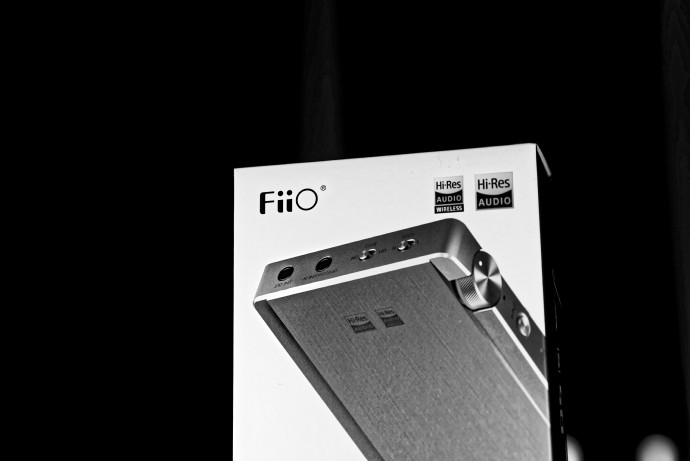
If your source is compatible, the FiiO Q5S-TC will automatically get the best sound available. You can confirm that through the led port, white/yellow/green means you’re the king of the (wireless audio) world!
And you know what’s best? If you have the FiiO Music app, you can even control all the options once hidden from you such as channel balance / Low-Pass filter / RGB indicator / Idle power off.
Let’s take a look at the full specs now.
The review continues on Page Five, after the click HERE or by using the jump below.





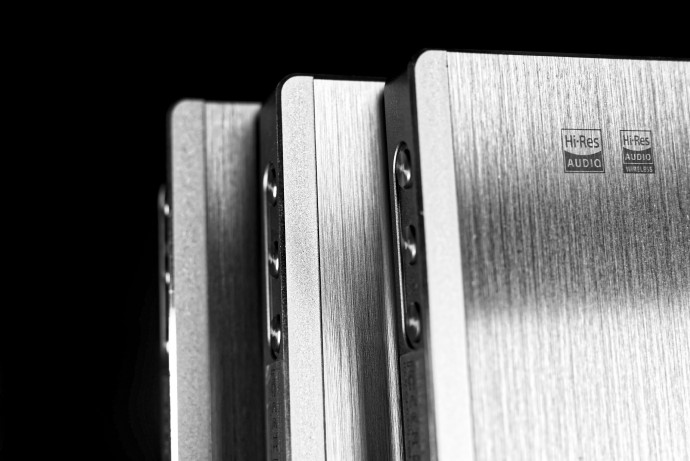
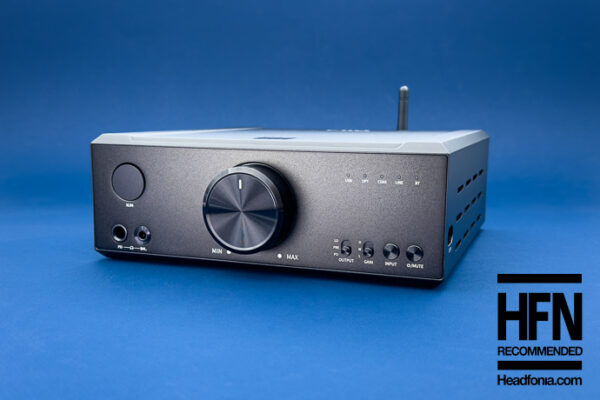
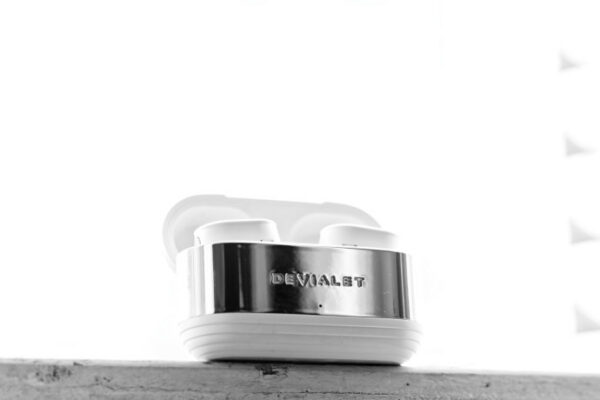
Jobbing
Could someone explain the expected differences between the FiiO ak4493eq (x2) and this month upcoming xDuuo BAL Amp/DAC featuring Es9038Q2m (x2) ?
Azlan Master
Akm is better the those sabre Just becuz the fire incident makes the stock wable n in case 4493..extinct.
Jobbing
That would be FiiO Q5S-TC vs. xDuoo XD-05 BAL (not PLUS) with AES/Ebu
Packgrog
If not using the balanced headphone output, is there much difference between the Q2s and Q2s-TC?
John
Did you notice any advantages in stacking the M11PRO and the Q5S Type C?